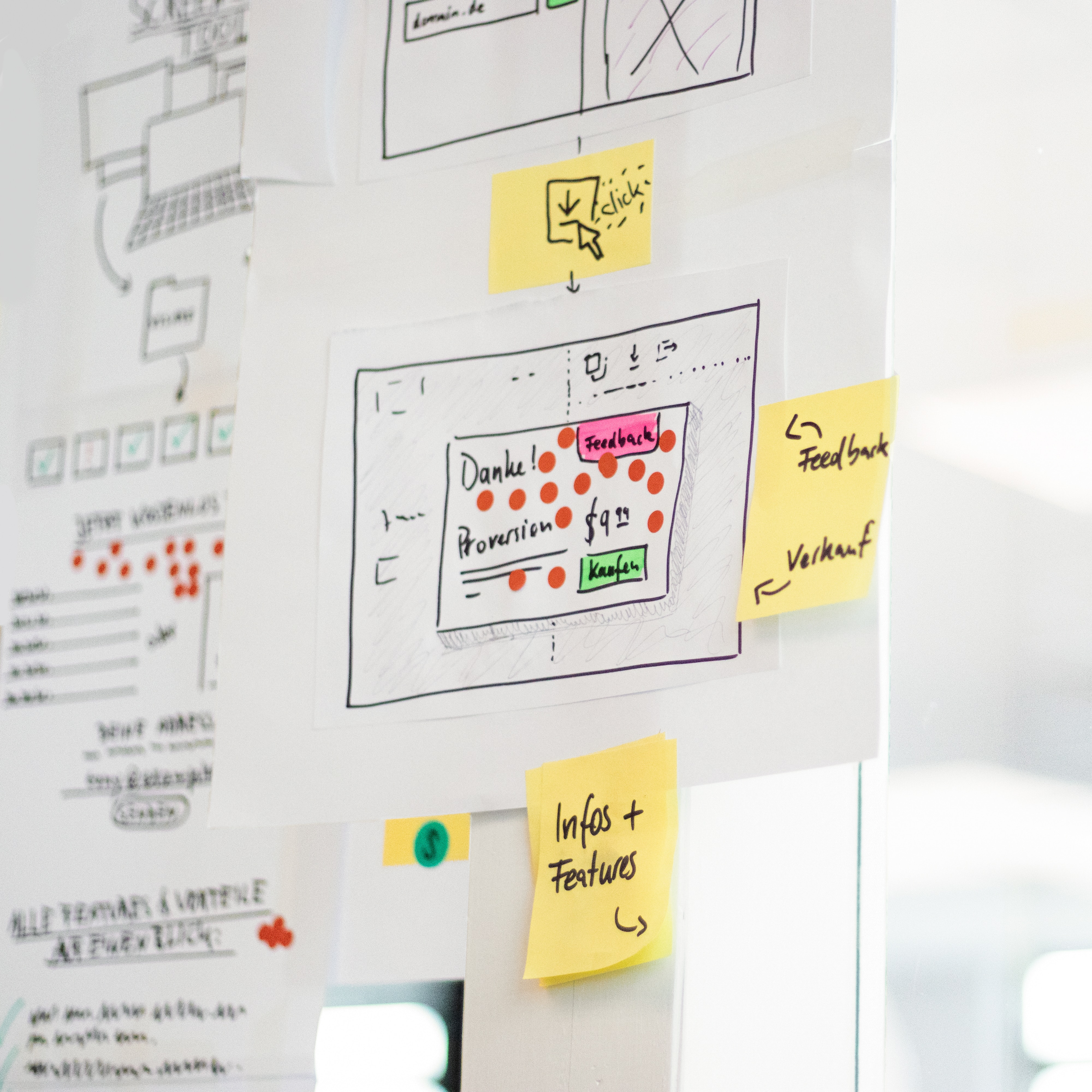Blog
-
Prototyping Responsive Designs: Framer Techniques for All Screen Sizes
Prototyping Responsive Designs: Framer Techniques for All Screen Sizes
Dec 1, 2023
Prototyping
Designing for multiple screen sizes is a critical aspect of creating user-friendly interfaces in today's diverse device landscape. Framer offers powerful tools to prototype responsive designs seamlessly, ensuring a consistent and engaging experience across various screen sizes. In this tutorial, we'll explore Framer techniques for prototyping responsive designs and optimizing your user interface for different devices.
Understanding the Importance of Responsive Design
Responsive design ensures that your application adapts gracefully to different screen sizes, providing an optimal experience for users on desktops, tablets, and smartphones. Framer enables designers to prototype and test responsive designs efficiently, allowing for adjustments that cater to the specific needs of each device.
Getting Started with Responsive Prototyping
1. Install Framer:
Ensure you have Framer installed on your machine. If not, download and install it from the official website.
2. Create a New Framer Project:
Open Framer and initiate a new project. Choose a device template or set custom dimensions based on your design specifications.
Prototyping Techniques for Responsive Designs
3. Flexible Layouts with Constraints:
Utilize Framer's layout constraints to create flexible designs that adjust based on screen size. Define constraints for elements like margins, widths, and heights to ensure proportional scaling.
4. Media Queries for Device-Specific Styles:
Apply media queries to set specific styles for different devices. Adjust font sizes, spacing, or visibility based on the screen size, ensuring readability and visual consistency.
5. Device Preview for Real-Time Testing:
Use Framer's device preview feature to test your prototype on different devices. This allows you to identify and address layout issues specific to each screen size.
6. Breakpoints for Adaptive Design:
Implement breakpoints in your design to trigger changes in layout or styles at specific screen sizes. This ensures that your interface adapts seamlessly as the screen size changes.
7. Dynamic Components for Varied Content:
Design dynamic components that can accommodate varying amounts of content. This is particularly crucial for responsive designs where content may be displayed differently on larger screens.
Preview and User Testing
8. Real-Time Responsive Preview:
Leverage Framer's real-time preview to see how your design adapts to different screen sizes. This helps you identify any anomalies and make adjustments on the fly.
9. User Testing Across Devices:
Conduct user testing on different devices to gather feedback on the responsive design. Pay attention to user interactions, readability, and overall user experience.
Exporting and Integration
10. Exporting Code:
Once satisfied with your responsive prototype, export the code from Framer. The exported code is ready for integration into your web or mobile application.
11. Integration with Development:
Share the code with your development team or integrate it into your project if you're a developer. Framer's clean code export ensures a smooth integration process.
Conclusion
Prototyping responsive designs with Framer empowers designers to create interfaces that seamlessly adapt to diverse screen sizes. By incorporating flexible layouts, media queries, and dynamic components, you can ensure a consistent and user-friendly experience across devices.
As you continue to refine your responsive designs, consider conducting usability testing with users on various devices to gather valuable insights. With this tutorial, you're well-equipped to leverage Framer for prototyping responsive interfaces that meet the demands of today's multi-device world. Happy prototyping!
Related Post
Dec 9, 2023
Prototyping
Dec 16, 2023
Prototyping
Dec 17, 2023
Prototyping



